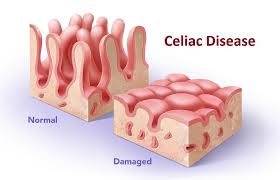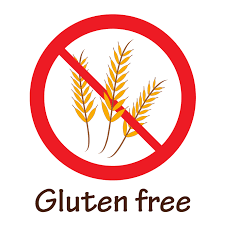Is obesity affecting children’s health? Absolutely! But what can we do about it, the answer is simple. As adults, we are the role models for the next generation, and it is our responsibility to encourage, promote and role model positive lifestyle choices. Obesity affecting children’s health is a global issue, and not just affecting the children that live in the UK. It is so easy to succumb to time saving and often cheap convenience foods, rather than the healthy and preservative free options. Some simple ways to promote healthy living starts in the home; Cook with your children, allow them to explore all the different colours and textures that fresh food has to offer. Teaching children how to cook is also equipping them with the necessary skills for healthy living later in life. Getting outside and getting active as a family, it doesn’t have to be boring. A family bike ride in the cool air not only burns that excess energy, but opens up the lungs and gets that fresh air pumping. Healthy living today for a better tomorrow should be a philosophy that we all live by and practice.






